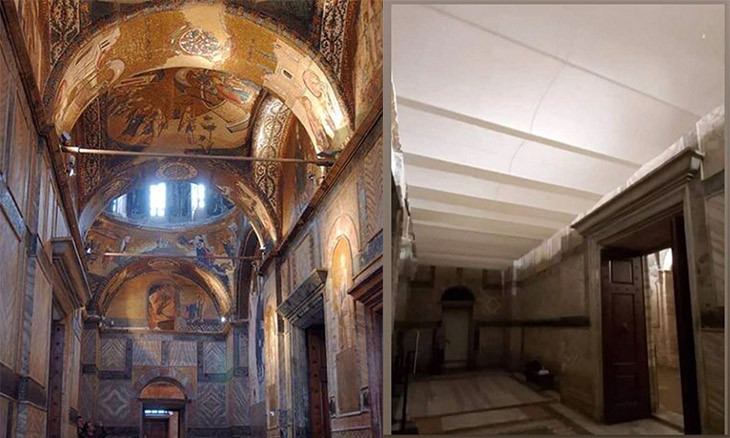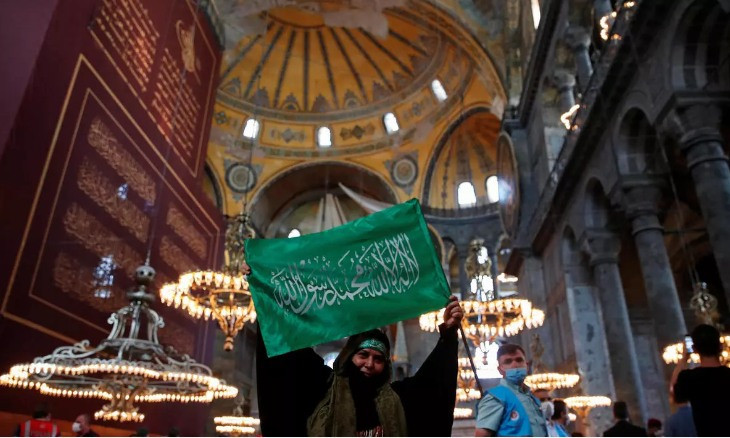UNESCO wants to examine Turkey's alterations to Hagia Sophia, Chora
The assistant director-general of UNESCO has requested from Turkey that the internationally renowned archaeologist Mounir Bouchenaki examine the interventions and possible alterations that have occurred in Istanbul's Hagia Sophia and Chora, Deutsche Welle's Turkish service reported on Dec. 2.
Duvar English
The United Nation's cultural body has said that it wants to review the changes that Turkey has undertaken in Istanbul's iconic Hagia Sophia and Chora, both of which have been recently converted into mosques.
Ernesto Ottone Ramirez, UNESCO's assistant director-general for culture, asked the Turkish government to allow Mounir Bouchenaki, an honorary special adviser of UNESCO, to inspect the changes at the two historical sites, Deutsche Welle's Turkish service reported on Dec. 2.
Ottone is concerned about the rumors that the Turkish government has been making changes with regards to the Christian elements in the two monuments, the report said.
Ottone is also deeply concerned about the statements of Turkish Culture Minister Mehmet Nuri Ersoy from early November that the organization allegedly “adopts the Turkish views regarding the change of use of the two museums.”
At the beginning of November, Ersoy told a meeting at the Turkish Parliament that “UNESCO is not bothered by the fact that it [Hagia Sohpia] became a mosque.”
On July 10, the Turkish Council of State invalidated a 1934 decree that had bestowed Hagia Sophia with its museum status. Later in the day, President Recep Tayyip Erdoğan signed an order declaring Hagia Sophia open for Muslim worship. Local Orthodox Churches, including the Russian Orthodox Church, voiced their regret over the decision, along with UNESCO.
A month after opening the Hagia Sophia, Erdoğan also reconverted the historic Chora church, one of Istanbul’s most celebrated Byzantine buildings, into a mosque.
The medieval Church of the Holy Saviour in Chora, built near the ancient city walls of Constantinople, contains 14th-century Byzantine mosaics and frescoes showing scenes from biblical stories

 Mosaic cover-ups in Istanbul's Chora Museum 'unqualified, destroys artistic value'Domestic
Mosaic cover-ups in Istanbul's Chora Museum 'unqualified, destroys artistic value'Domestic Russia urges UNESCO to release restoration report on Hagia Sophia's conversion as soon as possibleDiplomacy
Russia urges UNESCO to release restoration report on Hagia Sophia's conversion as soon as possibleDiplomacy